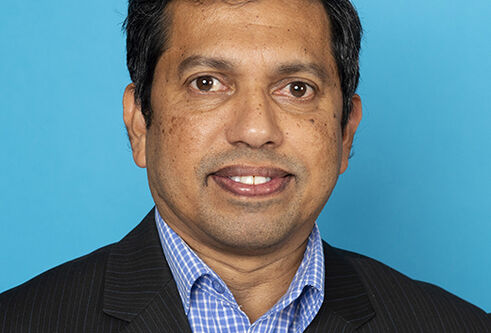PhD opportunity
Rank the technologies available to store excess electricity from Renewable Energy: Case studies in the UK and any other countries related to applicants
Unfunded
30 September 2025
Excess or surplus electricity may be often generated due to the intermittent nature of the renewable energy sources. Surplus electricity storage systems are essential components of a modern and sustainable electricity grid. They enable the integration of renewable energy sources, improve grid stability and reliability, reduce electricity costs, enhance energy security, minimize environmental impacts, support electrification and transportation, facilitate demand-side management, and create new economic opportunities. As the world transitions to a low-carbon future i.e.Net-Zero by 2050, surplus electricity storage systems will play an increasingly critical role in powering our homes, businesses, and transportation systems in a more sustainable, reliable, and affordable manner.
A variety of technologies are used for renewable energy storage, each with its own advantages and disadvantages. Some of the most common technologies include: Pumped hydroelectricity storages, Electrochemical Battery energy storages, Mechanical Energy Storages (Compressed-air energy storage, Flywheels, Gravity storages and pumped heat electrical storages), Thermal and phase transition energy storages (liquid to air transition energy storages and thermal sand batteries) and Hydrogen Electrolysis.
The choice of the above renewable energy storage technology depends on a number of factors, including the specific application, the desired storage duration, the cost, and the environmental impact. As renewable energy continues to grow, the demand for energy storage solutions will also increase. The development of new and improved storage technologies is essential for the successful integration of renewable energy into the electricity grid. Therefore, this research will investigate a method to rank the above excess energy technologies for a given country.
Key Objectives
- Assess the Role of Surplus Electricity Storage
- Investigate Various Energy Storage Technologies
- Develop a Ranking Methodology for Energy Storage Technologies
- Support the Transition to Net-Zero by 2050
- Enhance Economic and Energy Security Benefits
Potential Impact
- Optimized Energy Storage Deployment
- Improved Grid Stability and Renewable Integration
- Cost Reduction and Market Competitiveness
- Environmental Benefits
- Advancement of Research and Innovation
- Energy Independence and Security
Possible internship/placement opportunities
- Eden Campus Energy Park- St Andrews University: The project's main objective is to enhance innovation in energy, storage, and conversion companies by providing scale-up facilities for the translation of Research & Development (R&D) into prototyping and manufacturing. Additionally, they are offering test and development space where companies can access high-quality equipment, facilities, and university expertise are additional objectives within this endeavour.
- Connected Response (The company located at Oxford to develop joint research on utilising curtailed wind energy for social house heating with electric storage heaters, which is another area could be looked into.
Diversity statement
Our research community thrives on the diversity of students and staff which helps to make the University of Dundee a UK university of choice for postgraduate research. We welcome applications from all talented individuals and are committed to widening access to those who have the ability and potential to benefit from higher education.
How to apply
- Email Dr Wattala Fernando to:
- send a copy of your CV
- discuss your potential application and any practicalities (e.g. suitable start date)
- After discussion with Dr Wattala Fernando, formal applications can be made via our direct application system.

